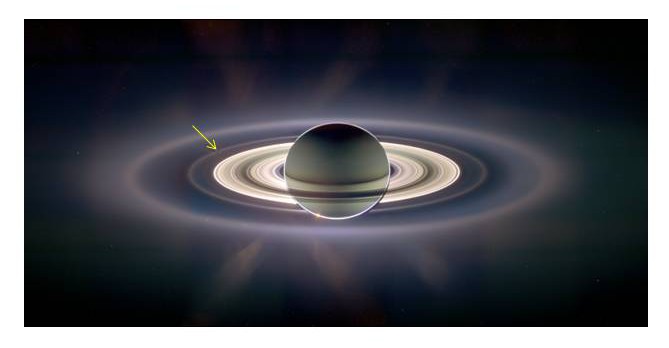Physics from Planet Earth

Welcome to our website. Its primary purpose is to support faculty users of our associated textbook, Physics from Planet Earth (Amato and Galvez, published by Taylor & Francis/CRC Press, June 2015). PPE is a one semester calculus-based introduction to classical mechanics, intended for first-year college/university students studying physics, astronomy, chemistry or engineering. Compared to conventional textbooks, it features a stronger emphasis on the conservation laws (for example, momentum is introduced before acceleration and force, as an experimentally verified fact), a more gradual reliance on calculus, and many historical vignettes that chronicle the development of mechanics. Most notably, it illustrates the laws of mechanics with numerous examples from past and present astronomy, cosmology and space science. In writing the book, our goals were to present a clear and concise exposition of classical mechanics, capture the human side of scientific progress, and demonstrate to students that many of the breathtaking discoveries of present-day astronomy can be appreciated with an understanding of introductory-level classical mechanics. For a fuller description of the text, see https://www.crcpress.com/Physics-from-Planet-Earth—An-Introduction-to-Mechanics/Amato-Galvez/9781439867839.
Many of the astronomy-themed examples in the text were drawn from discoveries and space missions that occurred during the past two decades, while we were developing the materials for our course. But we are living in a golden age for astronomy and planetary science, and scientific progress continues at a rapid pace. One of our goals for this website is to update our textbook periodically with examples from current space exploration, adding materials that are suitable for lectures or end-of-chapter homework problems. We also want to learn how the text is – or isn’t – working for you. If you’ve developed a nice homework or exam question, and would like to share it with other users, we would be delighted to hear about it. If it is posted on this site, we promise to give you full credit. Please share your thoughts with us about the book and this website, and let us know what else would be useful to you.
Whether you adopt our textbook or not, please feel free to use the materials and exercises in these posts for your own course. We are certain that they will enrich the course, and that your students will find them exciting, stimulating, and challenging.
Best wishes for a great semester,
Joe and Kiko
Questions/comments: jamato@colgate.edu
Posts:
- Rosetta and Philae
- De-orbiting a satellite
- Galileo‘s amazing trek to Jupiter
- Gravitational radiation 1: The Hulse-Taylor binary pulsar
- Gravitational radiation 2: the chirp heard round the world
- Inserting Juno into orbit around Jupiter
- Proxima Centauri b: an Earth-like neighbor in our galactic backyard
- Gravitational radiation 3: GW151226, encore from LIGO
- Rosetta’s final act: free-fall to the surface of comet 67P
- Work, energy, and the “Satellite Drag Paradox”
- The Trappist-1 System: Seven Earth-Sizes Temperate Planets Potentially Harboring Life
- The Range of North Korean Ballistic Missiles
- The Last Days of Cassini: the Grand Finale
- Studying Haumea, a Dwarf Planet with Moons and a Ring
- The Range of North Korean Ballistic Missiles: Update
- Flying in Formation: The Orbital Dynamics of LISA’s Three Spacecraft